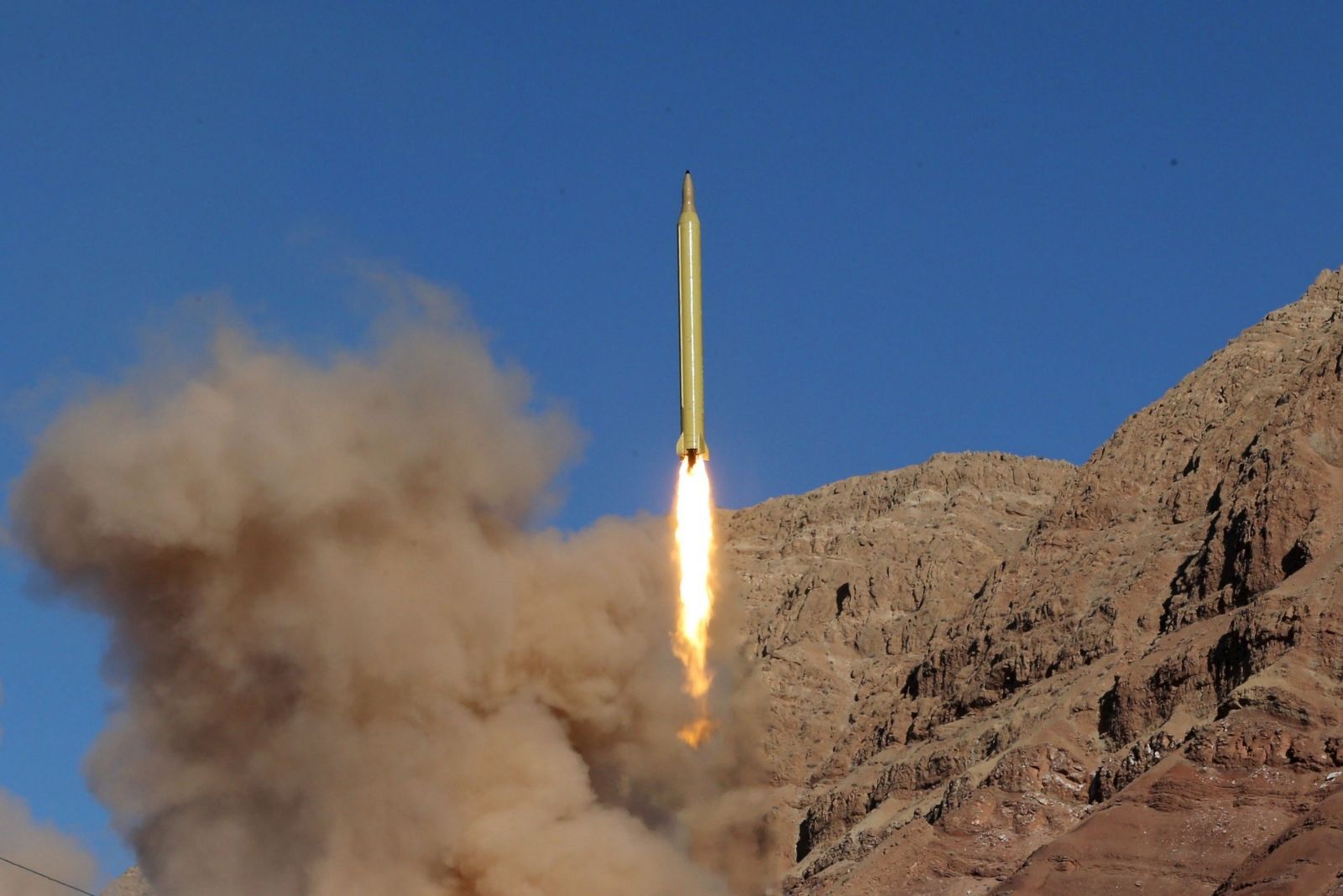,
BUENA VISTA, Nicaragua: The sun pounds the ground as Airman 1st Class Jean Colas wipes his forehead clean of sweat and Nicaraguan soil. He stands, eyes squinted, surveying the fresh concrete he just helped pour — the foundation for a five-room medical clinic here.
He and about 16 other 820th Expeditionary Red Horse Squadron members just laid the groundwork for one of several New Horizons 2007 projects in Nicaragua.
More than 250 Airmen, Soldiers, and Marines attached to the 820th ERHS, as well as more than 30 Nicaraguan army soldiers, are camped near Caliguate in the Carazo District of Nicaragua until about mid-May to work in conjunction with the Nicaraguan government to complete the $7.25 million New Horizons-Nicaragua 2007 mission.
The projects of the U.S. Southern Command-sponsored humanitarian effort will better the lives of thousands of people in the deprived rural areas surrounding Santa Teresa, said Capt. Helen Juan, deputy commander of Camp Red Horse, the base camp for the mission.
Making healthcare more accessible
About seven miles north of Santa Teresa, the central town of the exercise, is the community of Buena Vista, where about 350 Nicaraguans reside mostly in houses built of scrap wood, dirt floors, paneless windows and doorless entryways.
The closest medical clinic for them and more than 750 people who live in the area, is in La Conquista, about two and a half miles away. La Conquista is home to about 8,000, and all will benefit from the new clinic in Buena Vista, according to the town census.
Red Horse members are constructing a 30-by-60 foot clinic so local people like Alvaro Mendoza, who has seen a doctor only three times in his 27-year life. A clinic closer by would keep them from having to walk, ride horses or beg rides down the dirt road to get medical care.
Expected to be finished around May 1, the clinic will house five examination rooms with sinks and cabinets, a store room, a lab and a waiting room. The building will be wired and piped for electricity and plumbing, said site leader Tech. Sgt. Richard Panepinto, who is deployed from Nellis Air Force Base, Nev.
They started the project in the beginning of February by leveling the uneven ground, elevating it by 12 feet on one end, he said
About $152,000 will see the clinic to completion, said Capt. Billy Allen the operations and engineering chief. Something for which Mr. Mendoza said he couldn't be more grateful.
“We're so glad you are here,” the agriculturalist said. “People around here are noticing the United States is doing something for them.”
After pouring 38 cubic meters of concrete for the foundation, they had extra so they poured a concrete pad and fixed a crumbling wall for the school next door. They also built a shelter around the outdoor latrines and hinged doors onto another set of latrines, Sergeant Panepinto said.
In doing so, they bettered the education conditions for about 100 children in the area and generations to follow.
Bettering education conditions
But, that school isn't the only improvement in learning accommodations New Horizons will leave behind.
In La Calera, a community about four miles northeast of Santa Teresa, a one-room schoolhouse is nestled between a farm and several shack houses. The paint is peeling, the wood is rotting and the bricks are crumbling. Broken wooden slats in the windows hang in defeat against the wind, and the only color against the drab, grey bricks are the pages of lessons taped to the wall.
About 50 children, up to grade 5, attend this school.
With the support of 20 members of the South Dakota Army National Guard's 153rd Engineering Battalion, those children can look forward to a better school experience, said project manager Army Sgt. 1st Class Travis Vallery. The 153rd is building a two-room schoolhouse in front of the current one and renovating the one in place. The project will cost about $104,000. he said.
The Soldiers poured 36 cubic meters for the foundation and floors since Feb. 5. When the project is finished, around April 15, they will have stacked 2,200 cinderblocks and installed four doors and 16 windows, Sergeant Vallery said.
The building will be an expansion of the current school, and it will give enough room to teach another 100 students. It will also house a library, something the current schoolhouse doesn't have, he said.
They will also replace the outdoor latrines; wash the old schoolhouse; fix its doors, roof and windows; and possibly pour a new sidewalk and repaint the building.
Francisco Selba, a Sandinista Nicaraguan whose two children will attend the school, said his love for Americans has grown since they've started building. He said the new facility will bring in a better teacher and give his children better conditions in which to learn.
Giving free medical, veterinary care
Six weeks of Medical Readiness Training Exercises, or MEDRETEs, are also scheduled throughout the New Horizons project.
During the MEDRETEs, about 90 medics from Beale Air Force Base, Calif., the California Air National Guard and the 109th Army Reserve Unit out of California will administer free healthcare to more than 10,000 people throughout the area. They will offer optometry, dental, gynecological, pediatric and general care, said Tech. Sgt. Chris Clark, MEDRETE coordinator.
The U.S. military medics will dispense 17,000 pounds of medicine and supplies to those who can't afford regular trips to the doctor.
During the first MEDRETEs in La Pita Feb. 19, medics saw nearly 850 patients with illnesses ranging from Goiters disease to a simple cough. The current MEDRETE will offer clinics in El Sol and Santa Teresa, ending Feb. 28, Sergeant Clark said.
The second MEDRETE will be from March 5 to 14, and the third one will be from March 19 to 29 in various towns throughout the Carazo District, he said.
In conjunction with the MEDRETEs, three groups of three-member veterinarian teams are also conducting Veterinarian Readiness Training Exercises, or VETRETES. Throughout the course of those, they will treat more than 7,200 livestock animals.
Building stronger bonds
After the project ends in May, the U.S. military will donate the camp's well, capable of producing more than 45,000 gallons of water a day, to the people of Caliguate.
The United States has been putting on New Horizons missions, also known as Fuertas Caminos, in Central America since 1982, according to 12th Air Force public affairs officials.
According to USSOUTHCOM documents, New Horizons exercises are a demonstration of its commitment to nurture and improve the United States' relationship with the people of Nicaragua and other neighbors in Latin America and the Caribbean.
“What we're doing here is important because it shows the world not only are we military and capable of protecting the United States and its assets, but we're also compassionate enough to provide assistance to other countries,” said Chief Master Sgt. Mark Darden, the Joint Task Force New Horizons – Nicaragua 2007 Command Chief. It's also a good opportunity for U.S. military members to sharpen their skills in contingency operations and find satisfaction in their work, he said.
“It's very rewarding to see what we do and how it directly affects the local populace,” Senior Airman Nikolaus Spencer, with the 820th ERHS, said. “The majority of the time the work we do is for military purposes. This kind of humanitarian work feels better, because we're helping people who are more misfortunate.”
This New Horizons mission is the fourth in Nicaragua conducted by USSOUTHCOM since 2000. This year, USSOUTHCOM is sponsoring other New Horizons missions in Bolivia, Guatemala, Belize and Ecuador as well.









